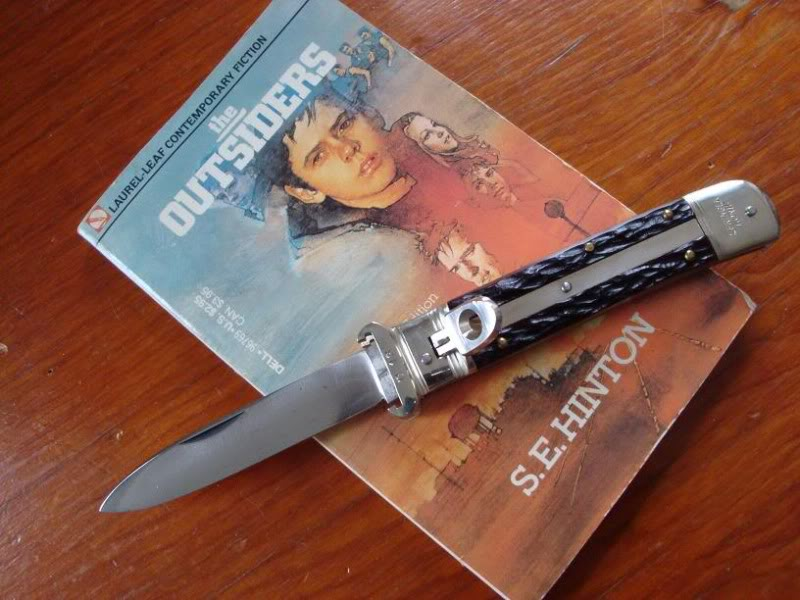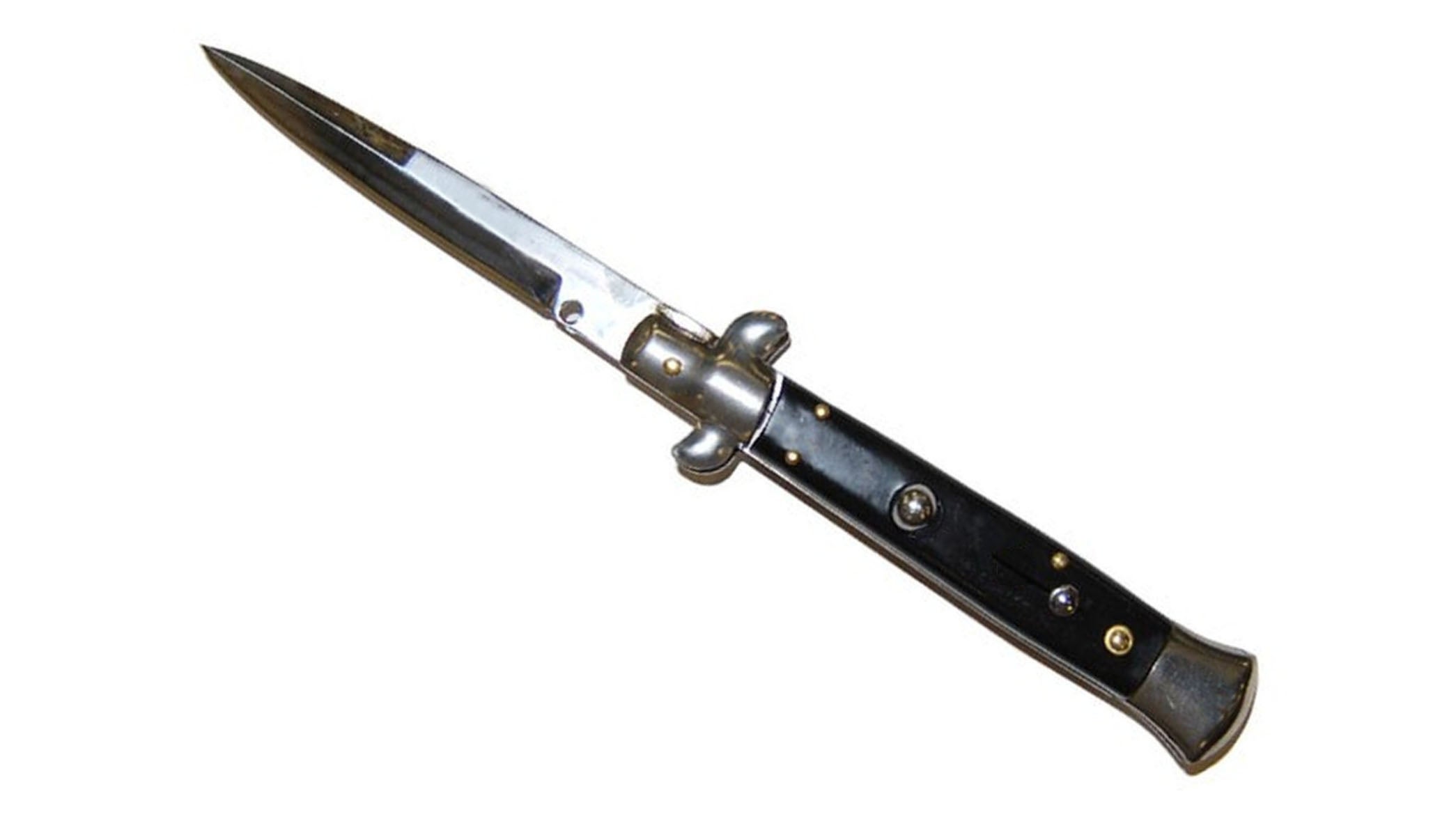
After this event, darkness returned and brought chaos to the land that signalized the return of Havok, who was not fully destroyed by the original Hiro and waited for the Blade Knights' second demise for his comeback to take over Cyberworld and its people, who were deciding between submitting to the leadership of Havok or die before doing so. Under the leadership of Hiro, peace returned with the resurfacing of the knights acting as protectors, who enjoyed both respect and devotion from the inhabitants but their outlook on the knights changed negatively as time progressed, as they were starting to regard them as foolish and needless policemen who wasted valuable resources, before their number decreased and eventually disappeared once again.

In the original Amiga and Atari ST versions, the game is set several centuries after the last of the Blade Knights, Hiro, defeated the evil Havok and saved the land of Cyberworld from his influence. The plot summary of Switchblade II varies between each version. In some stages, levels are interconnected with a network of subterranean bases, where unexplored areas of the screen are obscured from view until the player's character enters them as with the first game. These items are bought with orbs left by enemies after destroying them. Spread across the levels are portals that lead into a shop where items and weapons can be bought including a knife, homing missiles, laser beam, flamethrower and shurikens, in addition to ammunition for each of them. The progression structure between levels is also different between each version, with the Amiga and Atari ST versions transitioning seamlessly, while the Lynx port is broken into several sections instead. All of the actions in the game are performed differently depending on the version, with one button and a joystick in the home computer versions, while the d-pad and two buttons are used in the Lynx port. Switchblade II is a side-scrolling action-platform game with run and gun elements similar to the original Switchblade where the player takes control of Hiro through six stages of varying thematic set in the land of Thraxx at Cyberworld infested with mechanoid, metal-clad enemies where the main objective is to fully destroy the returning Havok once and for all. Despite the positive reviews, programmer George Allan was criticized for the lack of enemies and as a result of this, Allan wanted to make a significantly faster title, which would eventually become the popular Zool. The Atari ST version also received positive reception from reviewers for its graphics and gameplay, while the Lynx version was met with a more mixed reception. Upon its original release on the Amiga, Switchblade II garnered very positive reception from critics who praised multiple aspects of the title such as the visuals, sound effects and gameplay. Originally released for the Amiga microcomputers, Switchblade II was later ported to the Atari ST in May 1991 and the Atari Lynx handheld in 1992, with the latter being published by Atari Corporation in North America and Europe. Its gameplay consists of run and gun action mixed with platforming and exploration elements, with a main single-button configuration.


Taking place several centuries after the events of the first game, the story follows a descendant of the original protagonist named Hiro, as he embarks on a journey to defeat Havok, the original main antagonist who has returned from his previous defeat in order to bring chaos upon the land of Cyberworld and its inhabitants after the Blade Knights ceased to exist. Despite being primarily developed in the UK, its graphics had a distinctly Japanese style similar to anime or manga. It is the sequel to the original Switchblade, which was solely created by Simon Phipps at Core Design and released earlier in 1989 across multiple platforms. Switchblade II is a 1991 side-scrolling action- platform run and gun video game originally developed and published by Gremlin Graphics in Europe for the Amiga home computers.


 0 kommentar(er)
0 kommentar(er)
